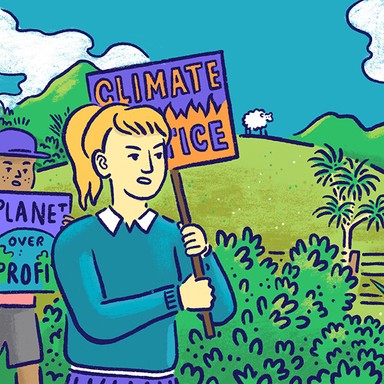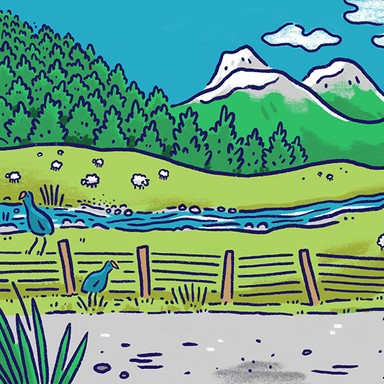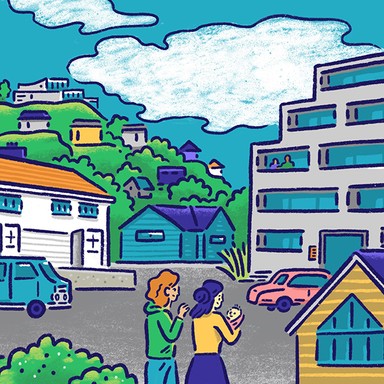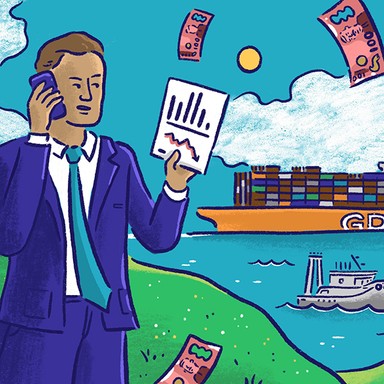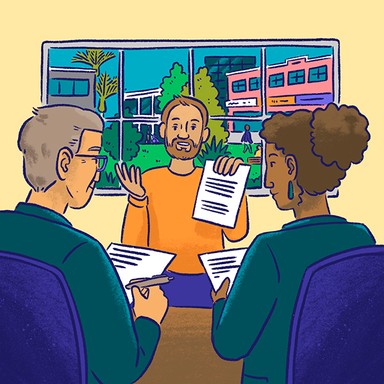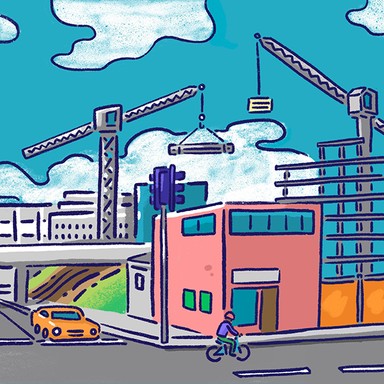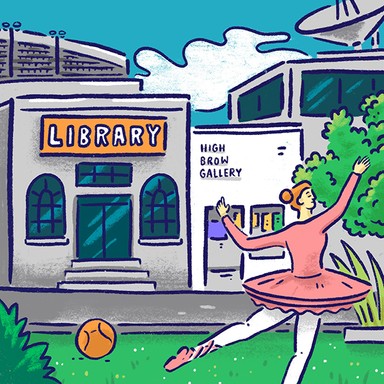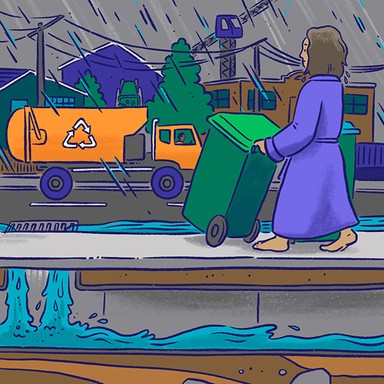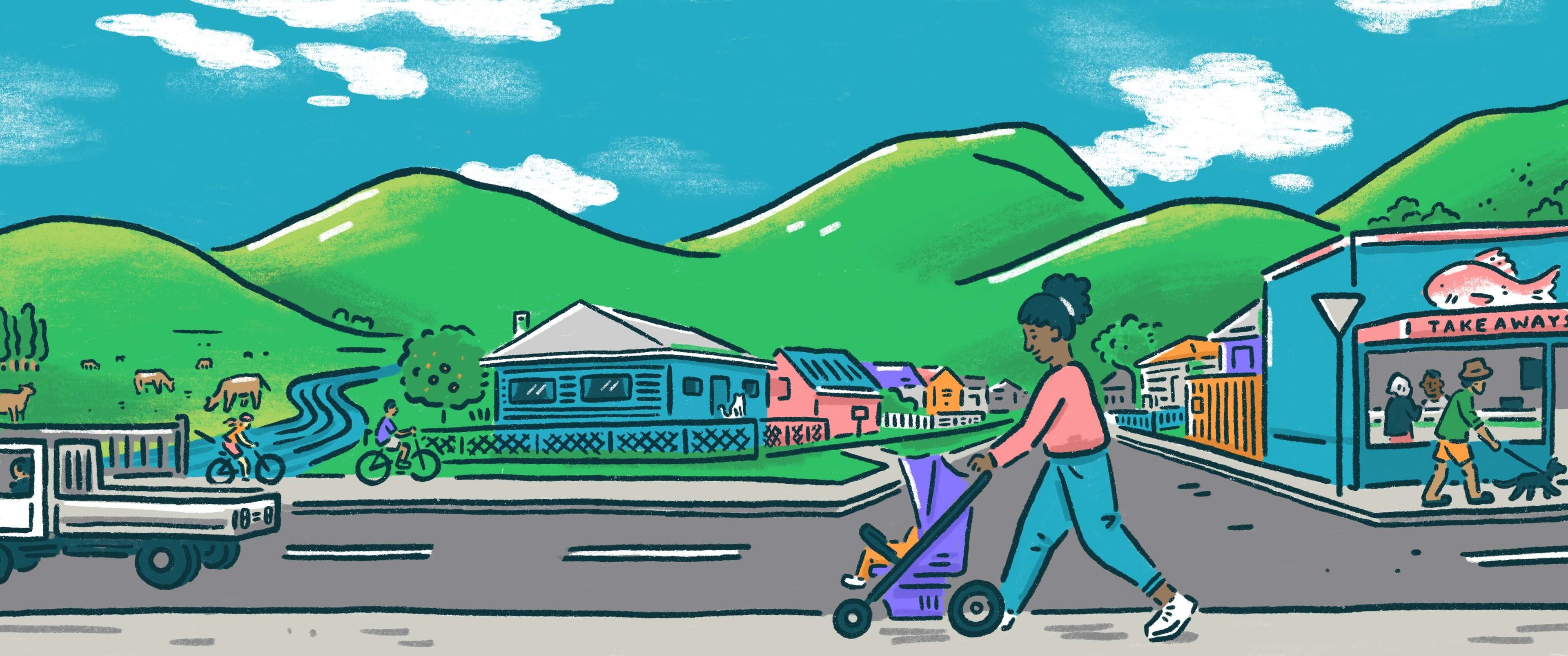
Upper Hutt City Council
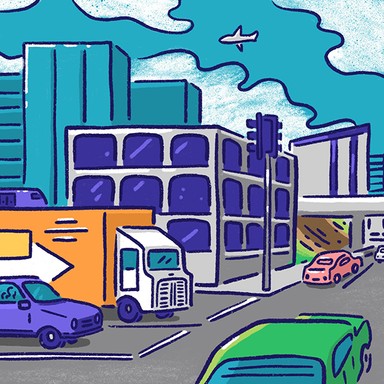
Transport
Helping communities get from A to B is a key responsibility of local government, from making sure the buses run on time to providing car parking and walking and cycling paths. Whether public transport is the responsibility of the regional or local council depends on where you are in the country. Local councils also own 87% of New Zealand’s roads.

Transport
Helping communities get from A to B is a key responsibility of local government, from making sure the buses run on time to providing car parking and walking and cycling paths. Whether public transport is the responsibility of the regional or local council depends on where you are in the country. Local councils also own 87% of New Zealand’s roads.
Build cycle lanes that keep pedestrians, cyclists and motorists safe.
Encourage establishment of a bicycle shop in Upper Hutt as there is presently nowhere to get punctures mended.
Investigate the need for public car-charging points in Upper Hutt.
Improve public transport by working with GWRC for more reliable bus and train services to and from Upper Hutt.
Fix local roads, footpaths, and lighting to improve safety for drivers, cyclists, and pedestrians across all suburbs.
Tackle traffic congestion by improving key intersections, improving roads and supporting parking options near train stations.
Complete the Upper Hutt portion of the Hutt River stop bank cycle trail.
Improve maintenance of footpaths so mobility scooters can negotiate them more safely.
Lobby for the four-laning of River Road between Wallaceville and Silverstream.
Ensure accessibility is part of renewals to make footpaths and crossings safe for everyone.
Work with NZTA to push for the funding needed to upgrade roading infrastructure.
Improve links between the city centre and Maidstone and Brewtown to create easier movement.
Connect Upper Hutt to the future with generational projects by investigating and building the SH2 Remutaka Tunnel and the Great Akatarawa Road.
Enhance corridors by working with central government to four-lane SH2 from Silverstream to Remutaka and widen roads to improve safety.
Get the fundamentals right with no potholes, more parking, better rural roads and oppose congestion charging.
Encourage walking, cycling and active transport for safer streets.
Improve public transport for reliable, frequent and affordable options.
Invest in roads, bridges, footpaths and car parks for better connectivity.
Support public transport and promote council supply of bus stops and some shelters in Upper Hutt, although GWRC runs public transport.
Plan an underpass in the future to address congestion in Goodshed and Blenheim streets worsened by more trains.
Prioritise road safety especially around pedestrian crossings.
Lobby central government to upgrade State Highway Two and four-lane it to the top of Upper Hutt with interchanges and overpasses as required.
Promote and develop shared pedestrian and bicycle lanes but not at the expense of road lanes or car parking.
Develop an integrated transport strategy to guide the future of the city's transport network.
Implement the integrated transport strategy to address key challenges of population growth, climate change and the need for sustainable and inclusive transport options.
Lobby NZTA to better distribute funding from the National Land Transport Fund to invest in safer existing and new roading infrastructure.
Support commuters by keeping car parking free at train stations and advocate for improved bus services in growing urban areas.
Improve pedestrian crossing safety with new paint for better visibility and improved lighting where needed.
Continue to improve the river trail and rail trail connectivity for cyclists, creating safer routes that avoid busy roads.
Continue UHCC membership of the regional transport committee and understand what the council can and cannot deliver with the funding available.
Advocate for an integrated transport system that includes all modes of transport working well, is timely, affordable and safe for all users.
Upgrade local roads to ensure they are fit for purpose and advocate for improvements to State Highway Two to address safety issues.
Work with Metlink to ensure the needs of the growing city are catered for through safe, accessible and affordable public transport.
Work with central government to reduce traffic lights and ease congestion on State Highway 2 for smoother travel.
Require new developments to include off-street parking to keep streets safe for cycling and commuter rail users.
Advocate for the return of the Hutt City Flyer bus service to improve public transport options.
Encourage use of share bikes and e-scooters to reduce congestion, road wear and reduce our carbon footprint.
Ensure developers meet parking requirements for inner city builds with adequate onsite car parks to stop parking on footpaths and berms.
Ensure public transport is available for all ratepayers with new bus services into Wallaceville Estate and Wallaceville industrial areas.
Lobby government for new interchanges at Silverstream including a new bridge and at Riverstone including safety improvements.
Oppose cycle lanes on streets due to lack of funds and impracticality as existing beautiful trails are available.
Create a pothole repair team for the city.
Develop safe walking and cycling paths linking neighbourhoods.
Expand public transport networks to reduce traffic congestion and lower emissions.
Upgrade roads including roundabouts, bridges and transport hubs to ensure efficient and resilient travel infrastructure.
Ensure roads are well maintained and safe, especially in residential areas.
Conduct full community consultation on the proposed new realignment of State Highway Two at Moonshine Road to assess its benefits and drawbacks.
Make meaningful upgrades and changes to local problem intersections.
Make public transport more attractive to commuters.
Support an integrated transport strategy as growth increases, making this essential.
Investigate and find solutions to rat running when Riverstone and State Highway Two safety improvements begin.
Investigate better connectivity between Brewtown and the CBD.
Find funding following cuts from central that will not cost ratepayers while acknowledging that safer active spaces are essential.
Acknowledge challenging intersections needing changes such as Akatarawa and Riverstone to improve safety.
Review River Road due to volume of local and through traffic and improve accessibility to Te Awa Kairangi.
Build cycle lanes that keep pedestrians, cyclists and motorists safe.
Encourage establishment of a bicycle shop in Upper Hutt as there is presently nowhere to get punctures mended.
Investigate the need for public car-charging points in Upper Hutt.
Improve public transport by working with GWRC for more reliable bus and train services to and from Upper Hutt.
Fix local roads, footpaths, and lighting to improve safety for drivers, cyclists, and pedestrians across all suburbs.
Tackle traffic congestion by improving key intersections, improving roads and supporting parking options near train stations.
Complete the Upper Hutt portion of the Hutt River stop bank cycle trail.
Improve maintenance of footpaths so mobility scooters can negotiate them more safely.
Lobby for the four-laning of River Road between Wallaceville and Silverstream.
Ensure accessibility is part of renewals to make footpaths and crossings safe for everyone.
Work with NZTA to push for the funding needed to upgrade roading infrastructure.
Improve links between the city centre and Maidstone and Brewtown to create easier movement.
Connect Upper Hutt to the future with generational projects by investigating and building the SH2 Remutaka Tunnel and the Great Akatarawa Road.
Enhance corridors by working with central government to four-lane SH2 from Silverstream to Remutaka and widen roads to improve safety.
Get the fundamentals right with no potholes, more parking, better rural roads and oppose congestion charging.
Encourage walking, cycling and active transport for safer streets.
Improve public transport for reliable, frequent and affordable options.
Invest in roads, bridges, footpaths and car parks for better connectivity.
Support public transport and promote council supply of bus stops and some shelters in Upper Hutt, although GWRC runs public transport.
Plan an underpass in the future to address congestion in Goodshed and Blenheim streets worsened by more trains.
Prioritise road safety especially around pedestrian crossings.
Lobby central government to upgrade State Highway Two and four-lane it to the top of Upper Hutt with interchanges and overpasses as required.
Promote and develop shared pedestrian and bicycle lanes but not at the expense of road lanes or car parking.
Develop an integrated transport strategy to guide the future of the city's transport network.
Implement the integrated transport strategy to address key challenges of population growth, climate change and the need for sustainable and inclusive transport options.
Lobby NZTA to better distribute funding from the National Land Transport Fund to invest in safer existing and new roading infrastructure.
Support commuters by keeping car parking free at train stations and advocate for improved bus services in growing urban areas.
Improve pedestrian crossing safety with new paint for better visibility and improved lighting where needed.
Continue to improve the river trail and rail trail connectivity for cyclists, creating safer routes that avoid busy roads.
Continue UHCC membership of the regional transport committee and understand what the council can and cannot deliver with the funding available.
Advocate for an integrated transport system that includes all modes of transport working well, is timely, affordable and safe for all users.
Upgrade local roads to ensure they are fit for purpose and advocate for improvements to State Highway Two to address safety issues.
Work with Metlink to ensure the needs of the growing city are catered for through safe, accessible and affordable public transport.
Work with central government to reduce traffic lights and ease congestion on State Highway 2 for smoother travel.
Require new developments to include off-street parking to keep streets safe for cycling and commuter rail users.
Advocate for the return of the Hutt City Flyer bus service to improve public transport options.
Encourage use of share bikes and e-scooters to reduce congestion, road wear and reduce our carbon footprint.
Ensure developers meet parking requirements for inner city builds with adequate onsite car parks to stop parking on footpaths and berms.
Ensure public transport is available for all ratepayers with new bus services into Wallaceville Estate and Wallaceville industrial areas.
Lobby government for new interchanges at Silverstream including a new bridge and at Riverstone including safety improvements.
Oppose cycle lanes on streets due to lack of funds and impracticality as existing beautiful trails are available.
Create a pothole repair team for the city.
Develop safe walking and cycling paths linking neighbourhoods.
Expand public transport networks to reduce traffic congestion and lower emissions.
Upgrade roads including roundabouts, bridges and transport hubs to ensure efficient and resilient travel infrastructure.
Ensure roads are well maintained and safe, especially in residential areas.
Conduct full community consultation on the proposed new realignment of State Highway Two at Moonshine Road to assess its benefits and drawbacks.
Make meaningful upgrades and changes to local problem intersections.
Make public transport more attractive to commuters.
Support an integrated transport strategy as growth increases, making this essential.
Investigate and find solutions to rat running when Riverstone and State Highway Two safety improvements begin.
Investigate better connectivity between Brewtown and the CBD.
Find funding following cuts from central that will not cost ratepayers while acknowledging that safer active spaces are essential.
Acknowledge challenging intersections needing changes such as Akatarawa and Riverstone to improve safety.
Review River Road due to volume of local and through traffic and improve accessibility to Te Awa Kairangi.
Mayor
Compare the mayoral candidates in your area
Local council
Compare the candidates for your city or district council
Regional council
Compare the candidates for your regional council
Local board
Compare the candidates for your local or community board
